Three Mile Beach is situated in one of the most glorious places for wildlife-watching in Cornwall, writes local nature-writer and photographer, David Chapman. In a series of features, David shares his knowledge of the wildlife that can be found in the towans (a local name for dunes) within a short walk of your beach house. Here he looks at insects.
Butterflies in Upton Towans
If your passion is for butterflies, I suggest you take a walk a little way along the dunes to the south from Gwithian. It isn’t far to an area of the dunes called ‘Upton Towans’, this is a Cornwall Wildlife Trust nature reserve, though at the start of the 20th century it was a dynamite factory, and you will still be able to make out several unnatural features such as tracks and earth banks around the area. Head for the very tall chimney and concentrate your search in an area a couple of hundred yards to the seaward side of this.
From mid-June to mid-July this is one of the best places in the country to see silver-studded blue butterflies. The males of these tiny butterflies are vivid blue and the females are brown, critically both have silvery-blue spots near the edge of their underwings. Without seeing these spots it’s difficult to distinguish them from common blue butterflies which also occur here.
The dark green fritillary is a large, strong-flying species with a chequered pattern of orange and brown on its wings, this is on the wing from late June to August. Of the 26 species of butterfly recorded at Upton Towans the other notable species include small pearl-bordered fritillary and brown argus.
Upton Towans is the best area for butterflies but they can be encountered anywhere on the dunes and there are many other insects to look out for too. On bare patches of sandy ground look for the unusual, red-banded sand digger wasp. This strange-looking creature digs out a hole in which to lay its eggs then it paralyses a caterpillar and drags that into its nest hole, this will stay alive long enough to act as fresh food for its own growing larvae.
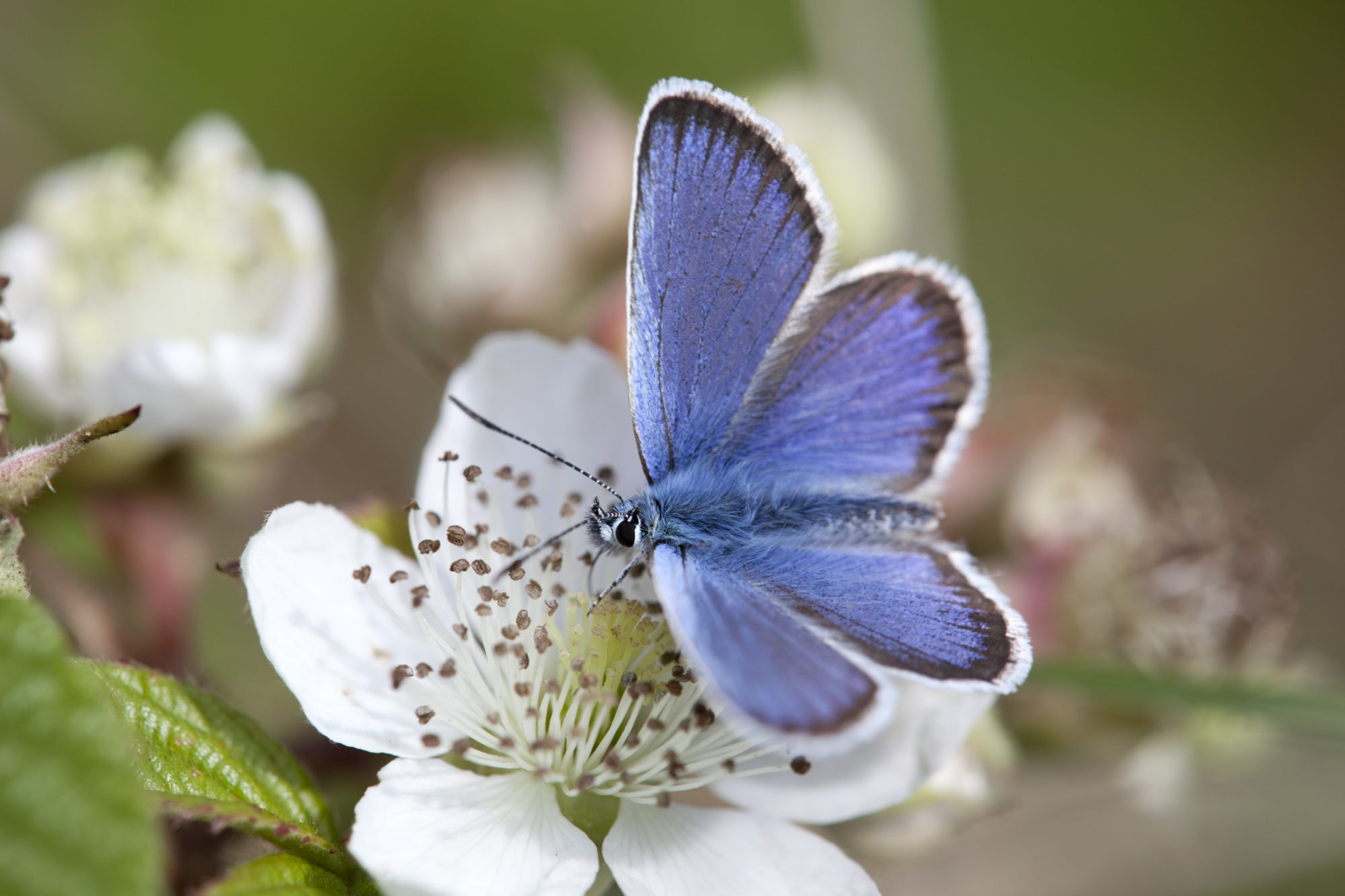
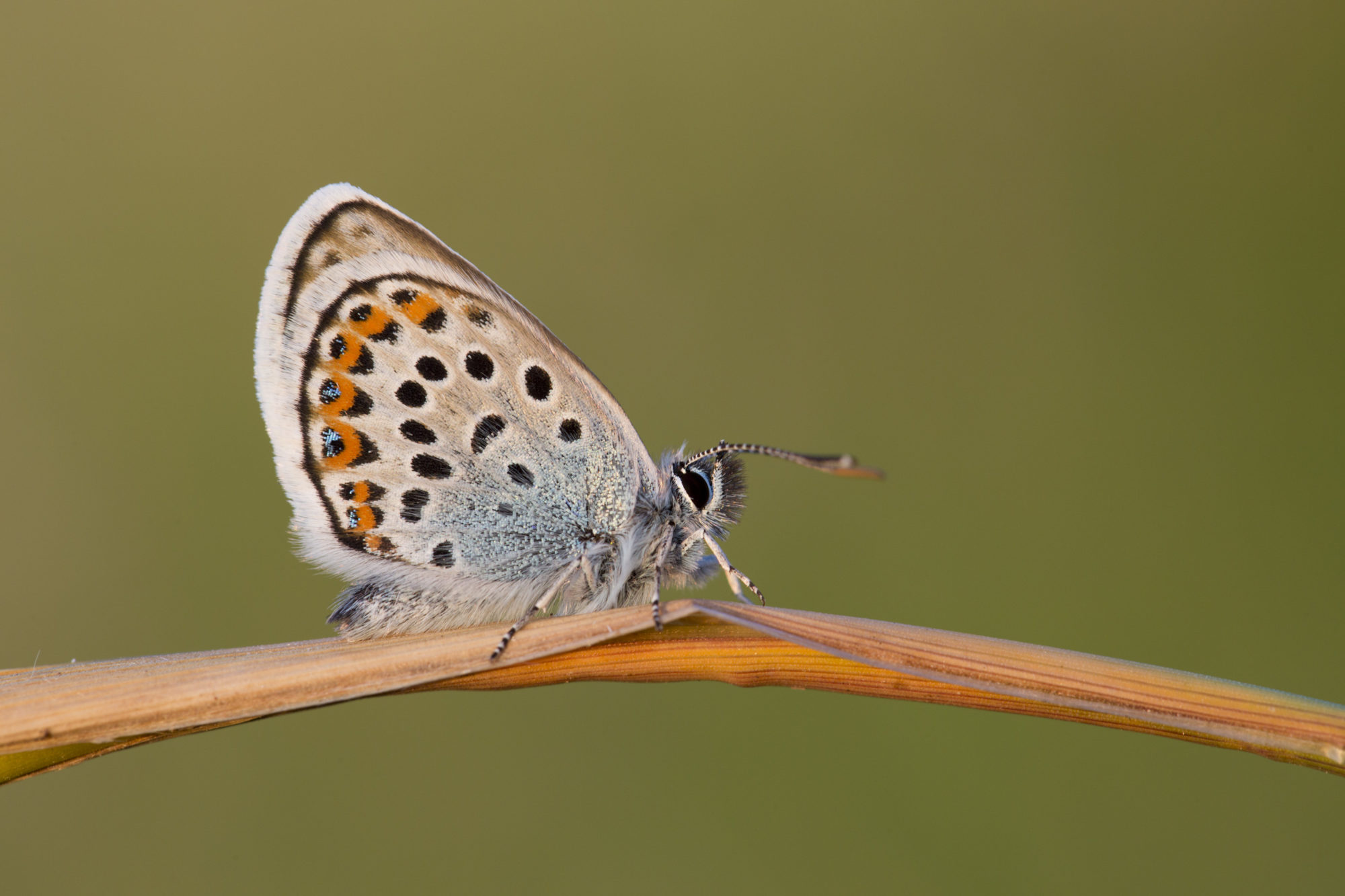
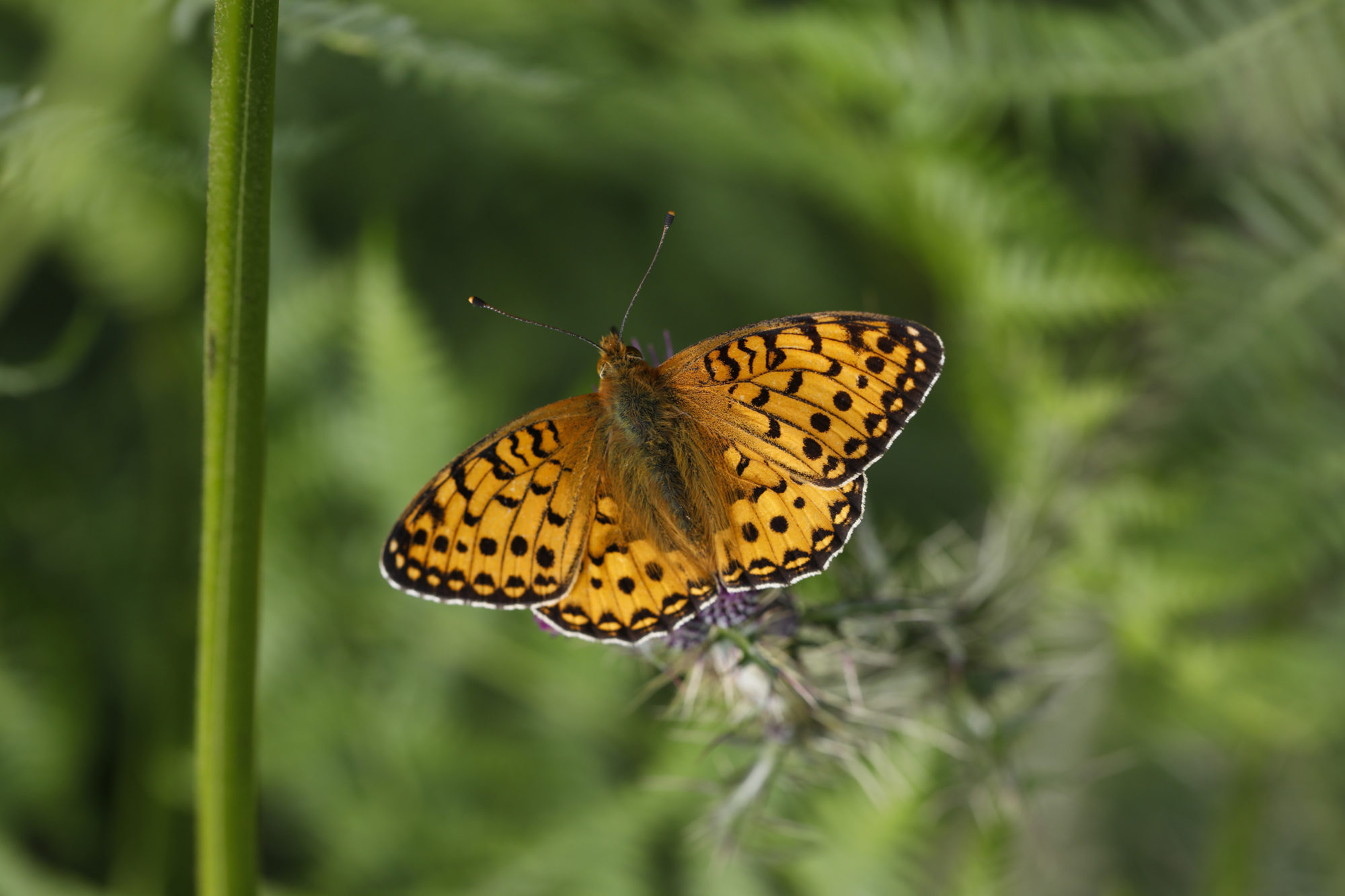
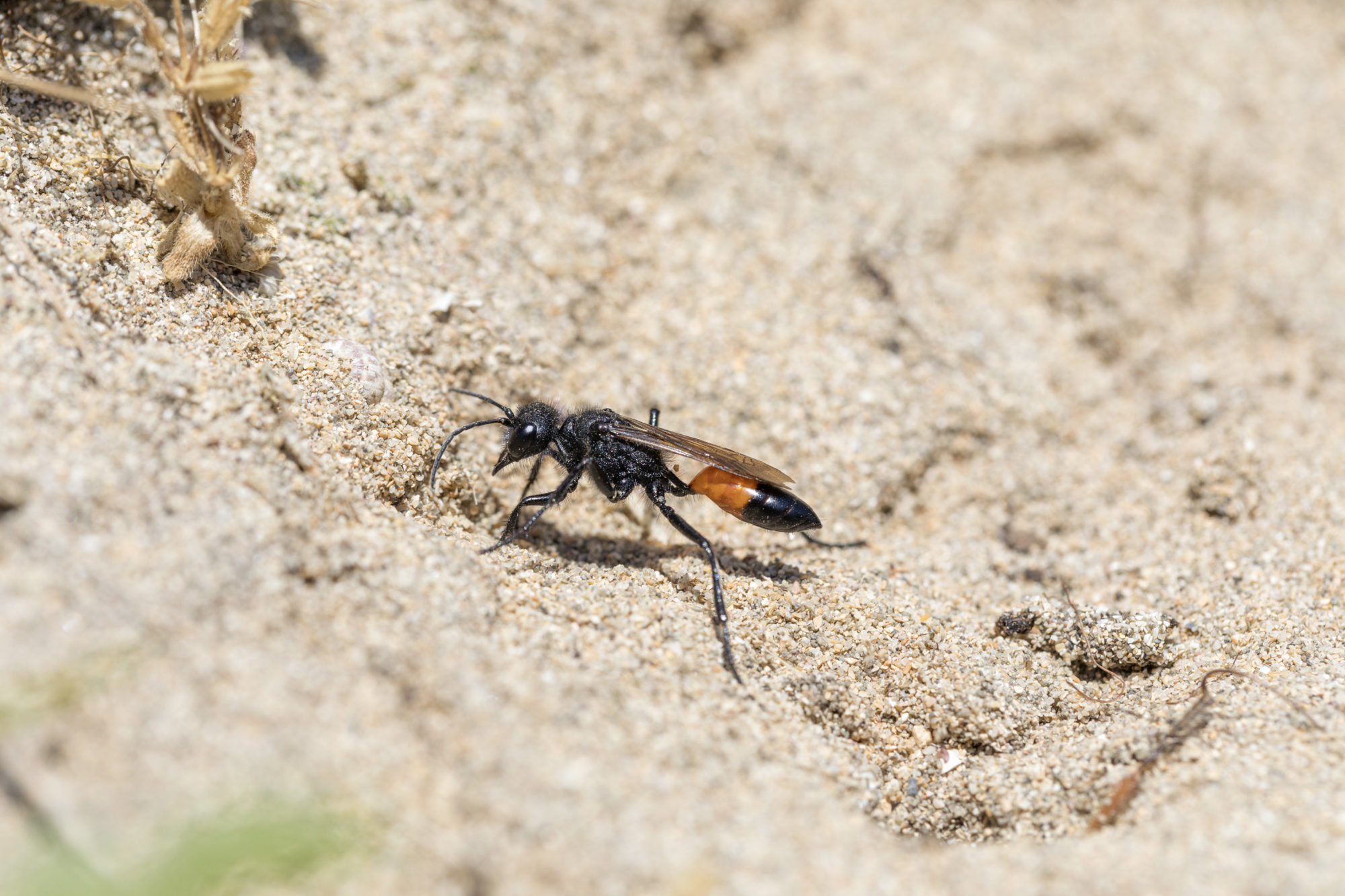
Moths
Moths are abundant but only the day-flying ones are obvious. There are two black and red diurnal species, the cinnabar moth flies from May to July and the six-spot burnet moth flies in July and August. The black and red signify danger. The cinnabar moth is poisonous because it ingests poison from ragwort when in larval form. Interestingly the six-spot burnet moth is not poisonous but benefits from mimicking the colours of the cinnabar!
One other moth that I see regularly on the towans during daytime in June and July is the scarlet tiger moth. They occur most commonly around patches of coarser vegetation including hemp agrimony, which is its larval foodplant. Other tiger moths which might be seen include the cream-spot tiger and the garden tiger which has a large, very hairy larva known affectionately as the ‘woolly bear’.
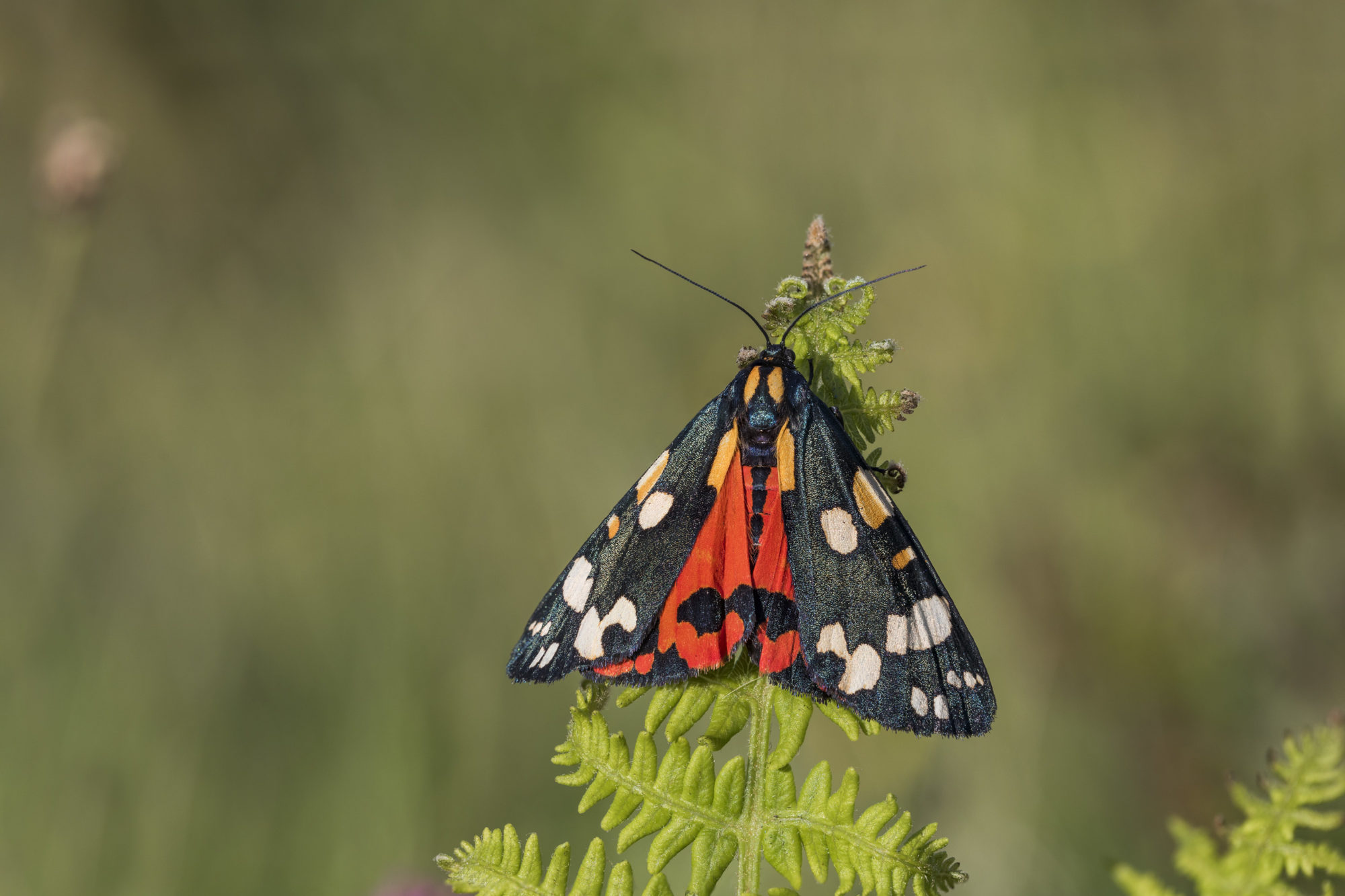
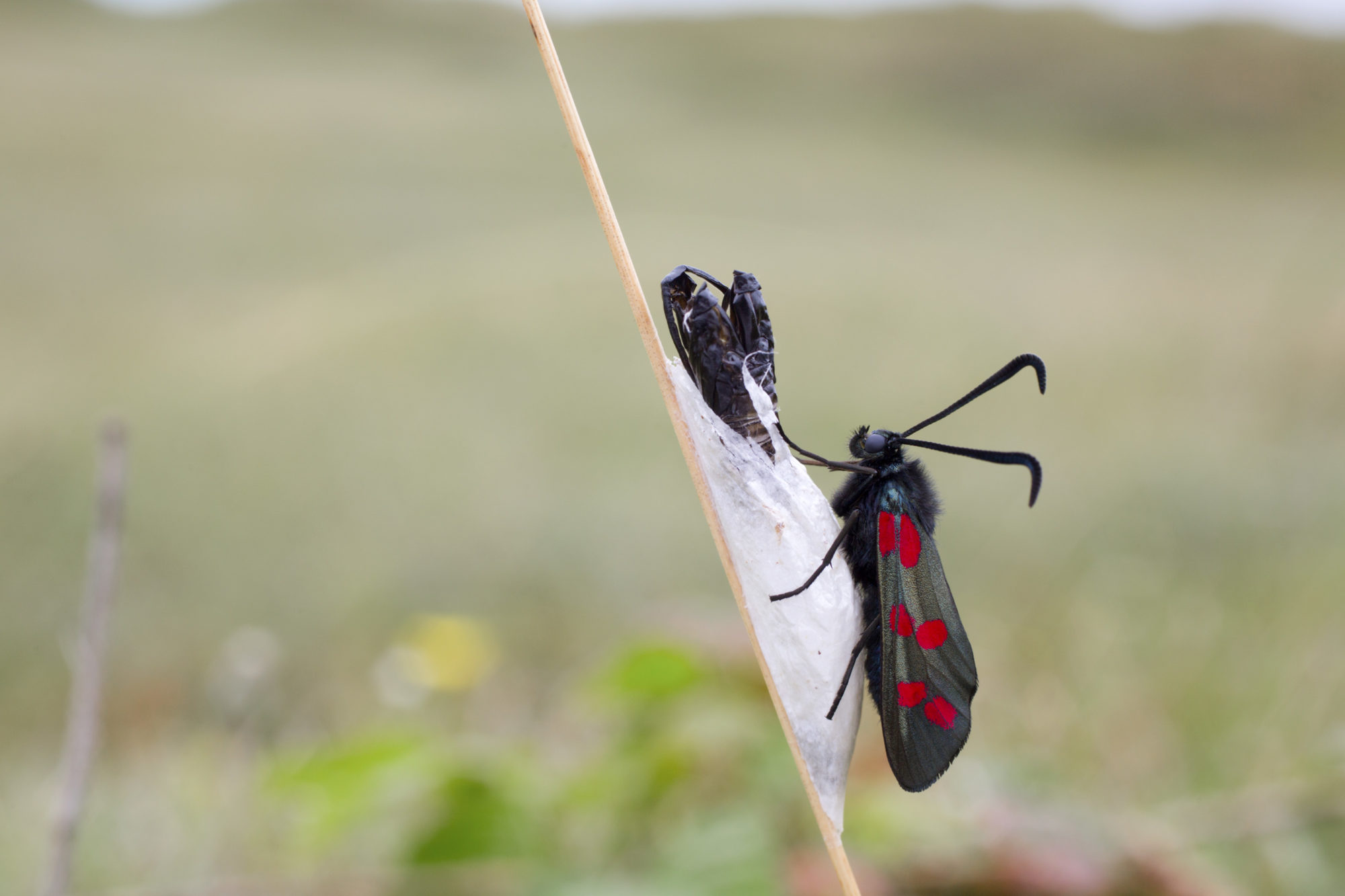
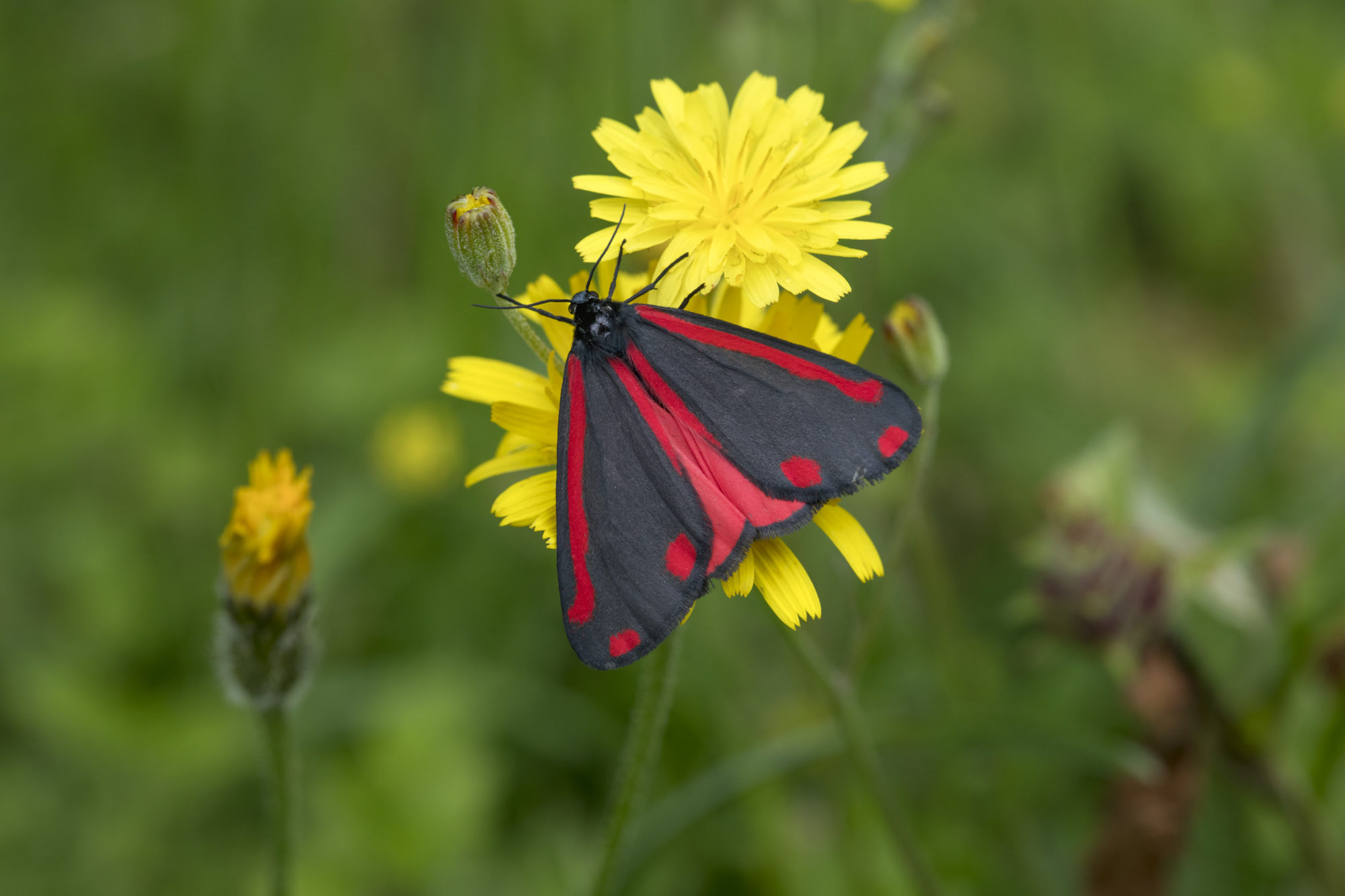
St Gothian Sands
The nature reserve of St Gothian Sands, a short distance to the north of Three Mile Beach, is situated at the mouth of the Red River and has a lake and wetland. This is the best spot in the area to look for dragonflies and though there aren’t any nationally rare species to be found here it is always a treat to see large colourful species such as the golden-ringed dragonfly and the beautiful demoiselle which are most frequent along the reed-fringed riverside.
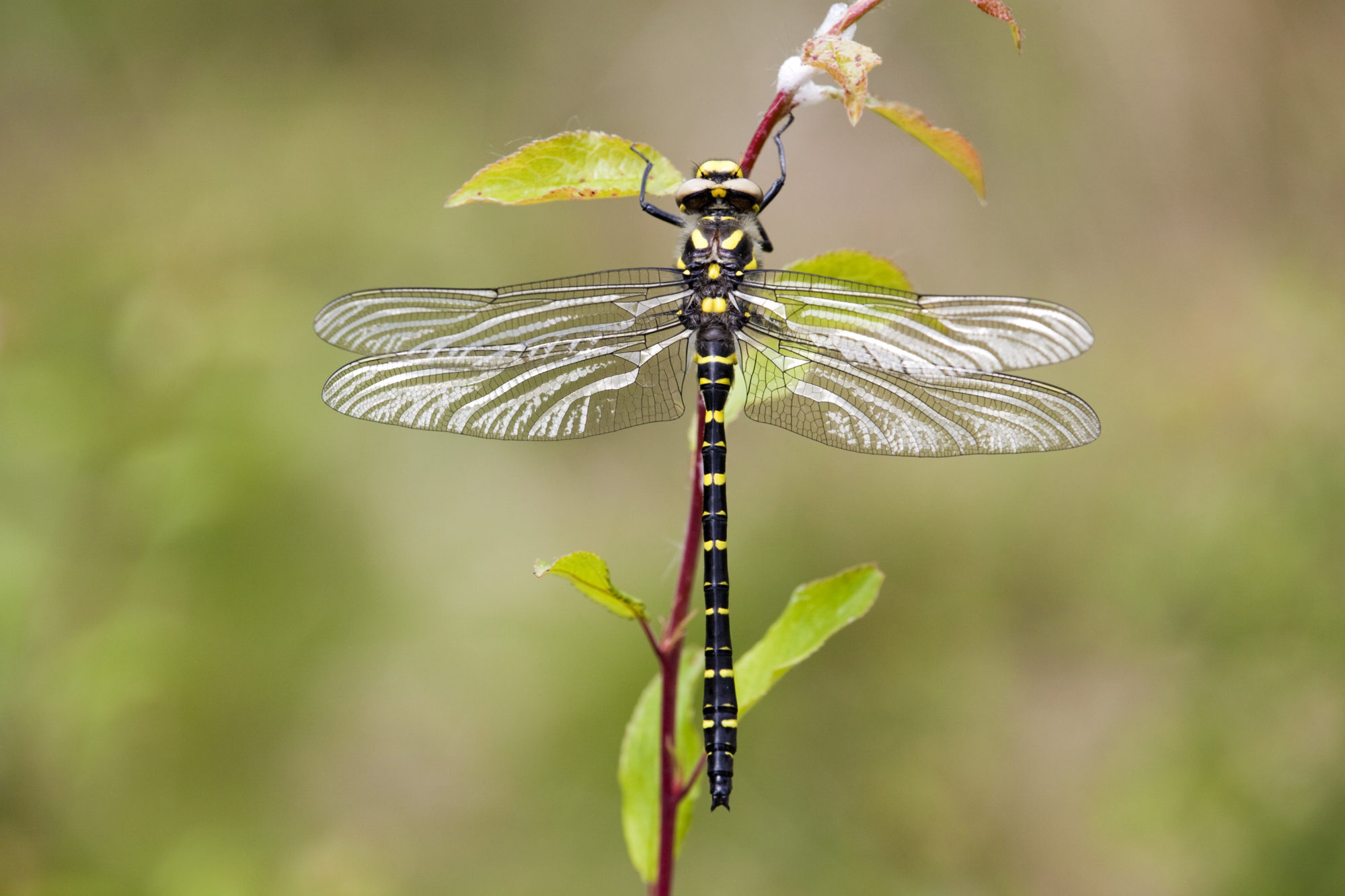
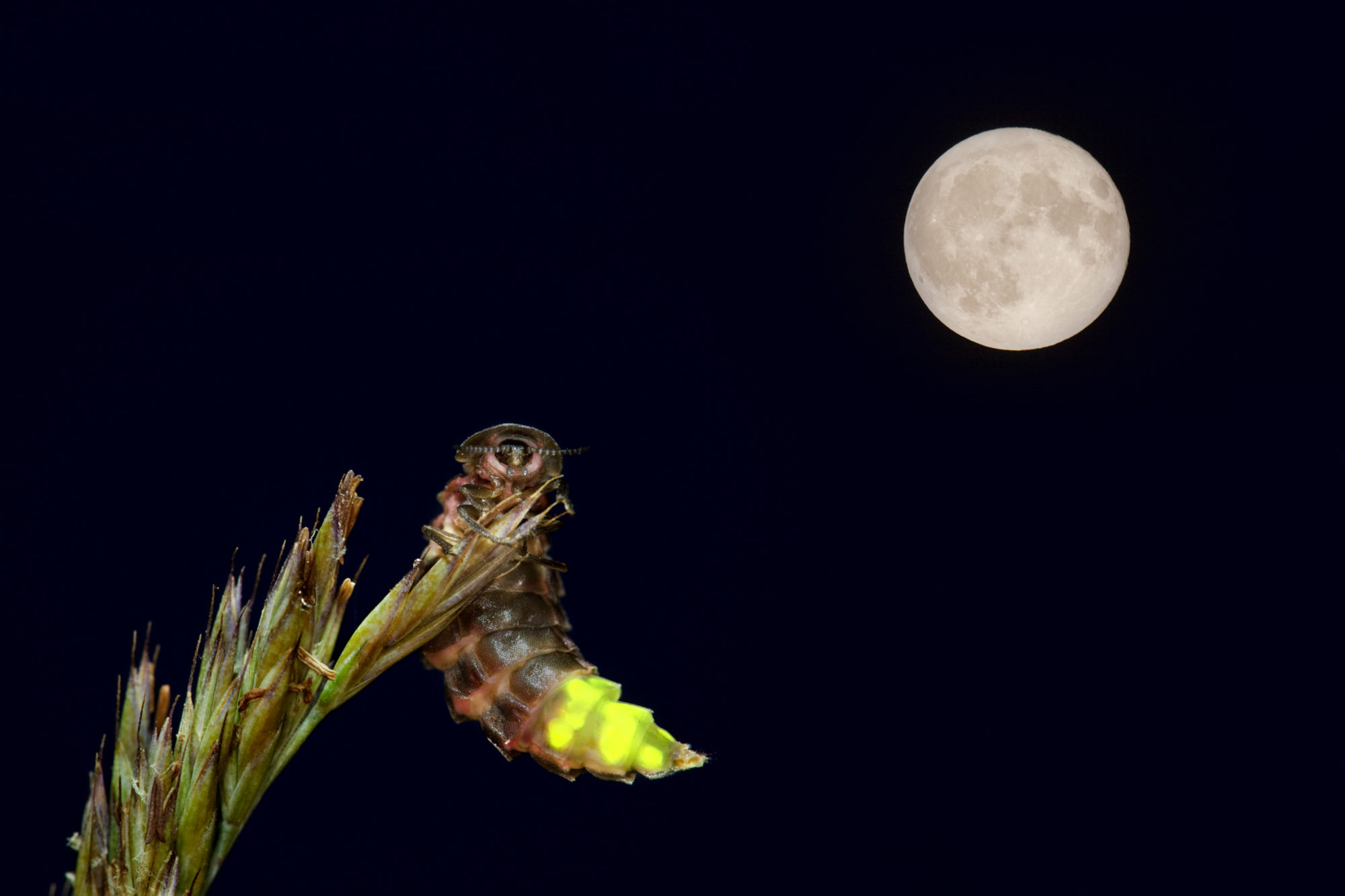
Glow Worms
Come to the end of the day you might think it’s time to put your feet up and have a glass of wine but the potential for insect spotting continues. It’s always worth looking around your outdoor lights to find moths and you might even hear the stridulation of Britain’s largest cricket, the great green bush-cricket, but there is one specific insect which is worth taking a bit of extra trouble to find.
Walk out onto the dunes just after dusk, at about 10 pm in the summer, and you might find the luminescent green spots of glow-worms (a type of beetle) amongst the marram grass. It is only female glow-worms that can glow but they can’t fly. The males can’t glow but they do fly and their aim is to take to the sky to search for females with which to mate.
All the photography in this article is credit: David Chapman. See more of David’s images on his website
We’re delighted to support the recent publication of the Butterflies of Cornwall Atlas. To find out more and order a copy, please visit Cornwall Butterfly Conservation.
Explore
Back to nature: Wildflowers
Local wildlife photographer, David Chapman, picks out the best places to see wildflowers in Cornwall.
Back To Nature At Three Mile Beach
David shares his knowledge of the wildlife that can be found in the Towans (a local name for dunes) within a short walk from Three Mile Beach.
St Ives Bay Wildlife & Tours
Cornwall’s wildlife is all around you if you know where to look.
Autumn wildlife
West Cornwall is a fantastic place to experience the full force of nature at this colourful and dramatic time of year.